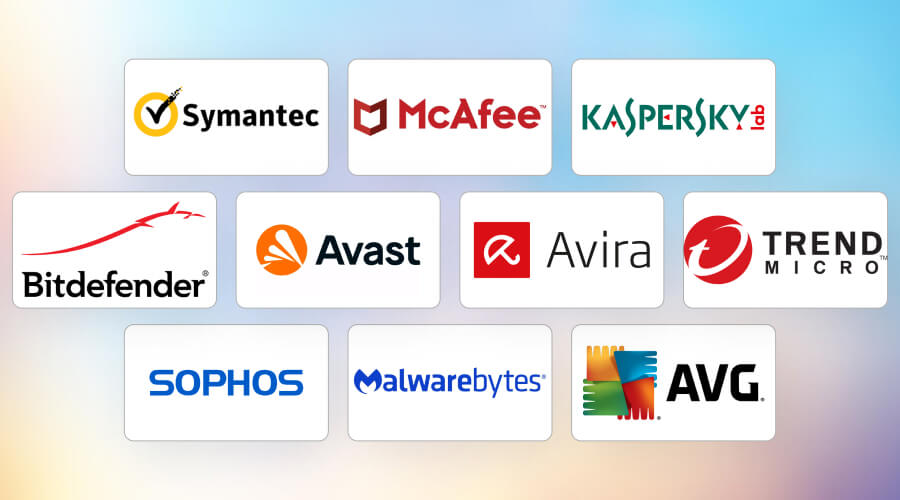In today’s digital landscape, small businesses are just as vulnerable to cyberattacks as large corporations — and in many cases, even more so. Hackers often target small businesses because they assume weaker security measures and limited resources for recovery.
But the good news is that with a solid cybersecurity plan , you can significantly reduce your risk and protect your business from data breaches, ransomware attacks, and other threats.
In this article, we’ll walk you through:
- Why small businesses are targets
- The essential elements of a cybersecurity strategy
- How to train employees and set policies
- Budget-friendly tools and solutions
Let’s get started!
🔍 Why Small Businesses Are Targets
Many small business owners believe they’re not “big enough” to be targeted by hackers — but this is a dangerous misconception.
Here’s why cybercriminals go after small businesses:
- Valuable customer data: Names, emails, credit card details, and more.
- Weaker defenses: Often lack firewalls, antivirus software, or trained IT staff.
- Limited recovery ability: A single ransomware attack can shut down operations permanently.
- Gateway to larger networks: Some small businesses work with bigger companies and serve as entry points.
According to the U.S. National Cyber Security Alliance, 43% of cyberattacks target small businesses , and 60% of those go out of business within six months of an attack.
The stakes are high — and the time to act is now.
🧱 Essential Elements of a Cybersecurity Strategy
A strong cybersecurity plan doesn’t have to be complicated or expensive. Here are the key components every small business should implement:
1. Risk Assessment
Start by identifying what assets you need to protect:
- Customer databases
- Financial records
- Employee information
- Intellectual property
Determine which systems are most vulnerable and what would happen if they were compromised.
2. Access Control & Authentication
Not everyone needs access to everything. Implement:
- Role-based access control (RBAC): Give users only the access they need to do their job.
- Multi-Factor Authentication (MFA): Require a second form of verification (like a code sent to a phone) for sensitive accounts.
3. Firewall & Antivirus Protection
Use a combination of:
- Network firewalls to block unauthorized traffic
- Endpoint protection software on all devices (computers, tablets, servers)
Choose reputable vendors like Bitdefender, Kaspersky, or Malwarebytes for comprehensive coverage.
4. Data Backup & Recovery
Regular backups are one of the best defenses against ransomware.
Best practices:
- Perform automated daily backups
- Store copies both locally and in the cloud
- Test your restore process regularly
5. Software Updates & Patch Management
Unpatched software is a hacker’s best friend.
Implement:
- Automatic updates for operating systems and apps
- A patch management schedule for critical systems
6. Secure Wi-Fi & Remote Access
Ensure your office network is secure:
- Use WPA3 encryption for Wi-Fi
- Set up a separate guest network
- Use a VPN for remote workers
👥 Training Employees and Setting Policies
Your employees are your first line of defense — and also your weakest link if not properly trained.
🎓 Key Training Topics:
- Recognizing phishing emails
- Creating strong passwords
- Reporting suspicious activity
- Using company devices securely
Conduct regular training sessions and simulate phishing tests to reinforce learning.
📜 Create Clear Security Policies:
Include these in your employee handbook:
- Password requirements
- Device usage rules
- Data handling procedures
- Incident reporting protocols
Make sure every new hire reads and signs off on them.
💰 Budget-Friendly Tools and Solutions
You don’t need a big budget to build a strong defense. Here are some affordable or free tools that can help:
For small businesses with no dedicated IT department, consider outsourcing to a Managed Security Service Provider (MSSP) for ongoing support and monitoring.
📋 Final Checklist: Is Your Business Protected?
✅ Have you conducted a cybersecurity risk assessment?
✅ Do you use strong passwords and multi-factor authentication?
✅ Are all devices protected with antivirus and firewall?
✅ Are software updates applied automatically?
✅ Do you back up your data regularly?
✅ Have employees received cybersecurity training?
✅ Do you have clear security policies in place?
🧭 Final Thoughts
Cybersecurity is not optional — it’s a necessity for any small business that uses technology (which is basically all of them). Whether you run a local shop, a consulting firm, or an online store, protecting your digital assets is crucial to your long-term success.
By implementing a basic cybersecurity plan, training your team, and using cost-effective tools, you can dramatically reduce your risk and ensure your business continues to operate safely and securely.
Don’t wait until it’s too late — start building your cybersecurity plan today.



